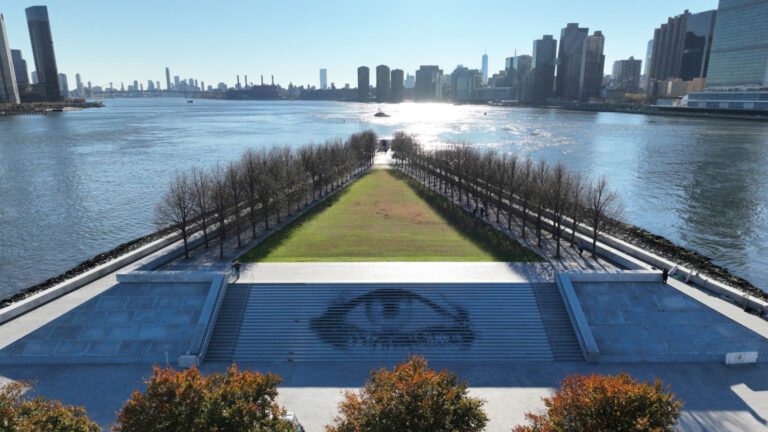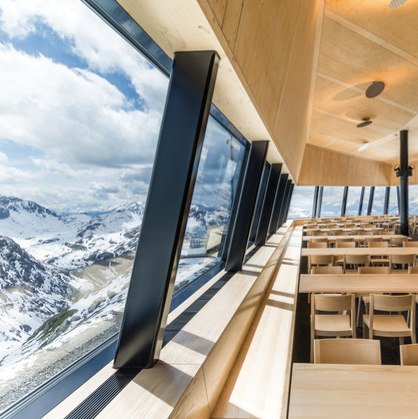Venezuelan Architect Fruto Vivas Passes Away at 94
Venezuelan Architect Fruto Vivas Passes Away at 94

Venezuelan architect José Fructoso Vivas, better known as Fruto Vivas, has passed away at 94 in Caracas on Tuesday, August 23.
Recognized for his design of projects such as the Tree for Living social housing, the Táchira Club, the Divino Redentor Church, and the Mausoleum of the Four Elements where the body of Hugo Chávez is preserved, Vivas has always aimed to further integrate the life of the human being to nature.
The great task we have as architects is to be at the service of those who need it most. I want to draw the attention of my colleagues: architecture cannot serve to enrich us, but rather to bring happiness to the people.

Fruto Vivas, a retrospective
by Begoña Uribe
Born in Táchira, Vivas was one of the most recognized architects in Venezuela, not only for his built projects, but also for his critical and teaching work, even for becoming part of the Communist Party of Venezuela. In 1987 he was awarded the National Prize for Architecture of Venezuela and in 2014 he was awarded the Ibero-American Prize for Architecture for approaching “architecture and urban planning aimed at improving the quality of life of citizens.”
Vivas graduated in 1956 from the Central University of Venezuela, and in 1963 he was the builder of an arms manufacturer factory called “El Garabato”, in addition to designing the safe houses and shelters of the Armed Forces of National Liberation (FALN) and the Party of the Venezuelan Revolution (PRV).

Vivas worked alongside Oscar Niemeyer for the Museum of Modern Art in Caracas and with Spanish architect Eduardo Torroja for the Táchira Club. He also built the Venezuelan pavilion for the 2000 Hannover Expo: an 18-meter-high tridimensional flower that became the second most visited pavilion, after the German one.
Fruto Vivas received the National Prize for Architecture in 1987 and has been appointed honorary professor at the Universities of Los Andes, Centro Occidental Lisandro Alvarado, Santo Domingo, Veracruz and Cuzco. Always keeping in mind his debt to architecture, he said:
I always say that I have only one project: the unity of architecture with nature.


